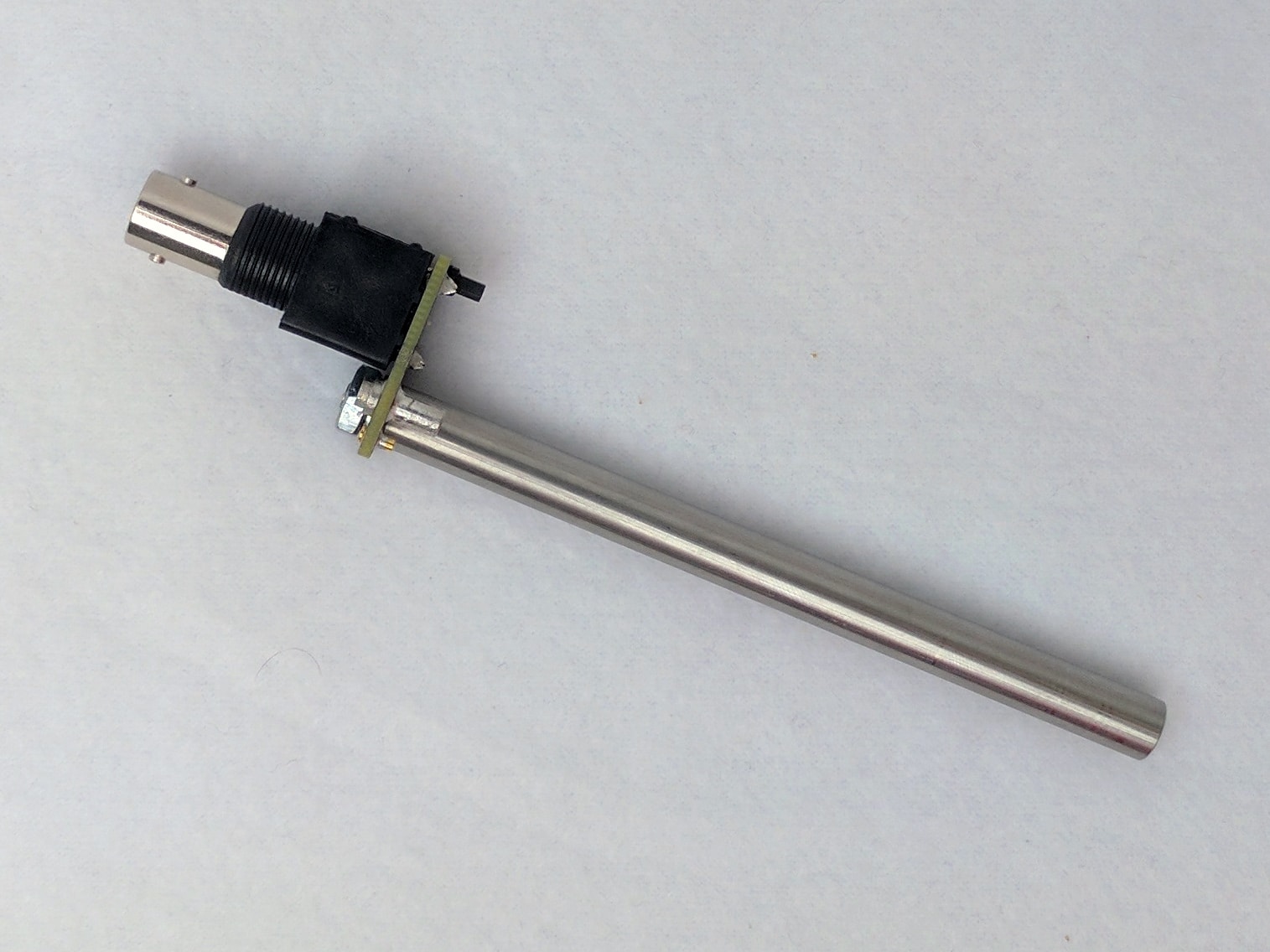Malli Adapter
For compatibility with the ultra-flexible Pine Research Headstage Cable design, the Malli Adapter accepts the Pine Research headstage amplifer, and maps the working electrode to the central pin of the BNC connector and the reference electrode to receptacles. Two receptacles for reference electrode are provided. Users may utilize 2 mm patch cable connections (to which an alligator clip can be connected for simple connection to reference electrode lead) or in the case where PCB pins are used, a port which accepts between 0.037″ and 0.043″ diameter pins can also be used. Connected to the Malli Adapter is a standard stainless steel rod, which is 7.9 mm OD and 10.2 cm long and has a left-handed 8-32 threading at the open end. Therefore, the Malli Adapter is directly compatible with commercial stereotax equipment.
Customers must be logged into their account to view prices. Not all regions provide pricing online. If you do not see prices, you can obtain them from the designated sales channel in your region.


